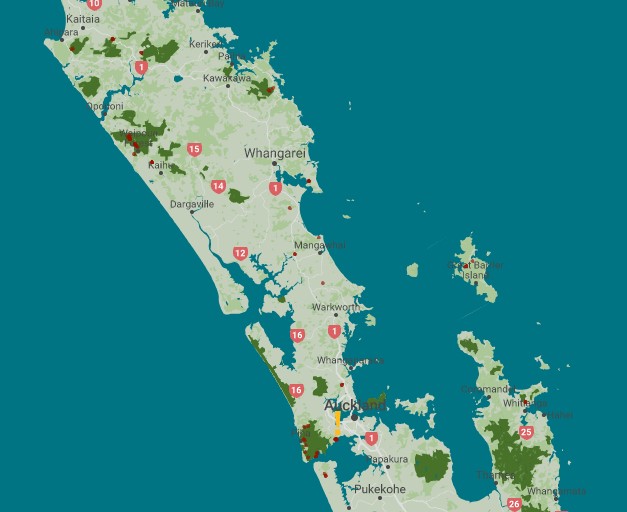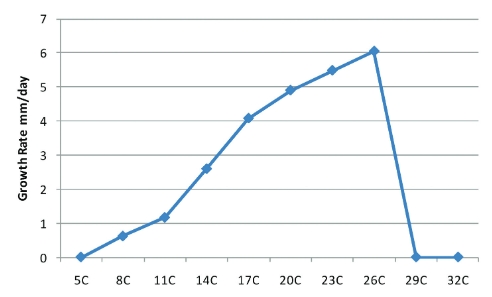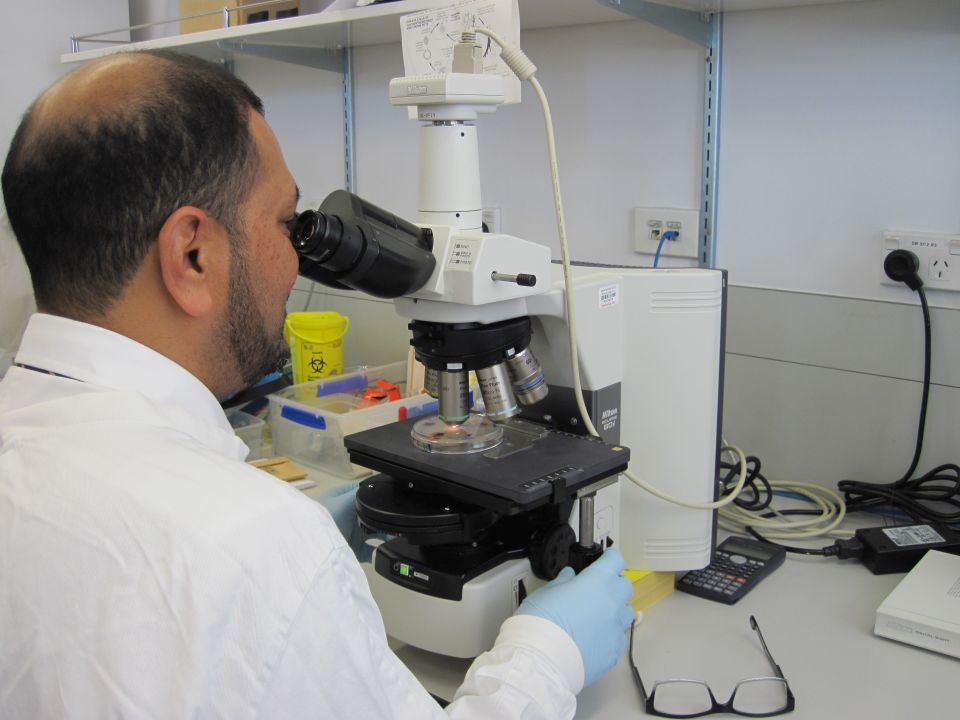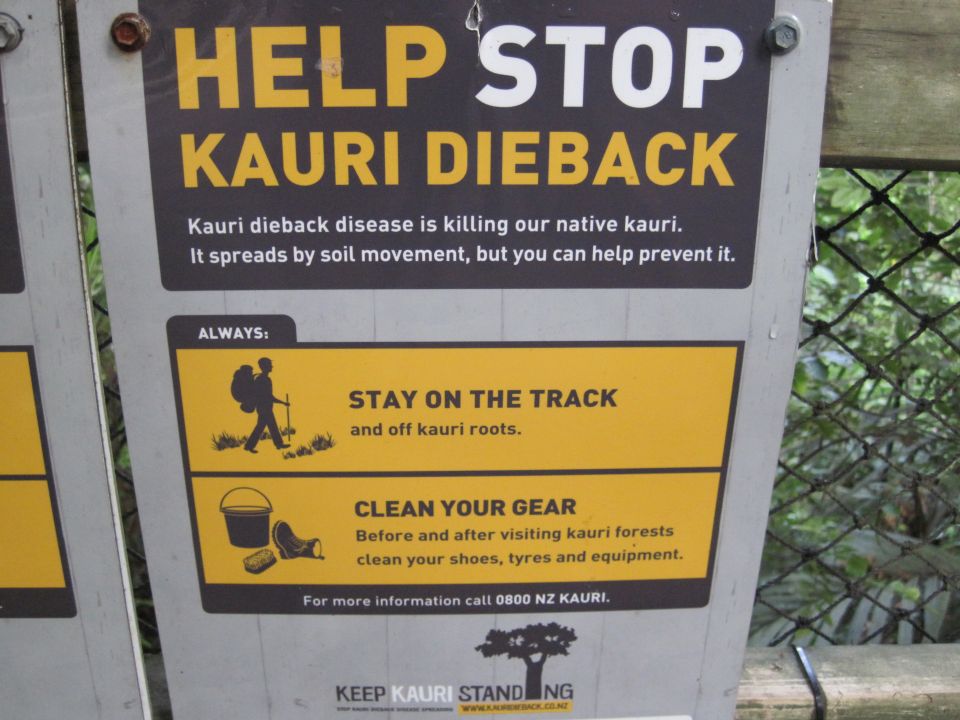Kauri dieback is not a new disease. It was formerly identified in 2008 but has been spreading since the 1970s.
Kauri dieback is not a new disease. It was properly named in 2008 but has been spreading since the 1970s.
Where did kauri dieback come from?
It is still unknown where kauri dieback came from and when it arrived in New Zealand. It is possible that it came from overseas. This suggestion is from research which shows little genetic variation in the disease in areas where it has been found. This may mean that the disease has only been in New Zealand for a short period of time. One would expect the disease to show a larger degree of variation if it had been here for a longer period of time.
The ideal soil temperature for growth of kauri dieback is 20 to 25°C. This is much higher than average soil temperatures within New Zealand. This suggests the disease is not native to New Zealand.
Is it a new disease?
Spores of kauri dieback were first found in the soil underneath sick kauri on Great Barrier Island in the 1970s. These samples were thought to be a fungal species with a low risk to kauri.
Kauri dieback was properly identified by Manaaki Whenua - Landcare Research work in April 2008. This happened after reports of kauri death in the Waitākere Ranges. So although kauri dieback has been in New Zealand for at least 40 years, it was not known to be a 'new species to science' or a threat to kauri ecosystems until 2008.
How is it spread?
Kauri dieback is spread by soil and soil water movement. This happens from plant to plant through underground root-to-root contact. It is also carried by dirty footwear, animals, equipment, and vehicles.

Where is it?
Kauri dieback has been found in some forests in the Northland and Auckland regions. These include the Waitākere Ranges in Auckland, Great Barrier Island, and in parts of the Coromandel. The Hunua Ranges are currently disease-free. Red dots on this map image below show current areas where kauri dieback has been found.


Where did kauri dieback come from?
It is still unknown where kauri dieback came from and when it got to New Zealand. It might have come from overseas. Research shows little difference in the disease in areas where it has been found. This may mean that the disease has only been in New Zealand for a short period of time. A disease would show bigger differences if it had been here for a longer period of time.
The ideal soil temperature for growth of kauri dieback is 20 to 25°C. This is much higher than average soil temperatures in New Zealand. This suggests the disease is not native to New Zealand.
Is it a new disease?
Kauri dieback was first noticed on Great Barrier Island in the 1970s. It was thought to be a fungus with little risk to kauri.
Kauri dieback was properly named by Manaaki Whenua - Landcare Research work in April 2008. So although kauri dieback has been in New Zealand for at least 40 years, it was not known to be a 'new species to science' or a threat to kauri ecosystems until 2008.
How is it spread?
Kauri dieback is spread by soil and soil water movement. This happens from plant to plant through underground root-to-root contact. It is also carried by dirty footwear, animals, equipment, and vehicles.

Where is it?
Kauri dieback has been found in some forests in Northland and Auckland. These include the Waitākere Ranges in Auckland, Great Barrier Island, and in parts of the Coromandel. The Hunua Ranges are currently disease-free. Red dots on this map below show current areas where kauri dieback has been found.


What's the latest? Get news and updates from the kauri dieback website.
What's the latest? Get news and updates from the kauri dieback website.









